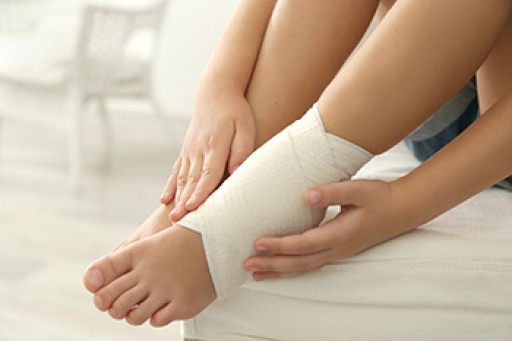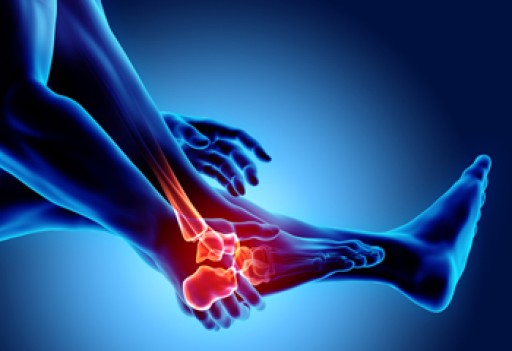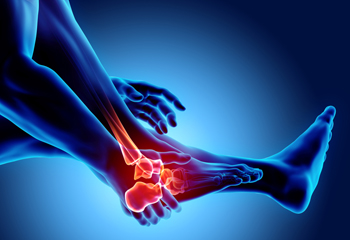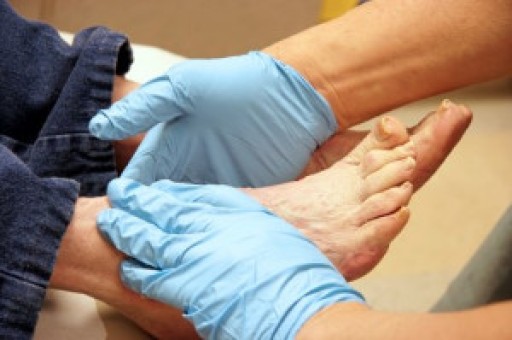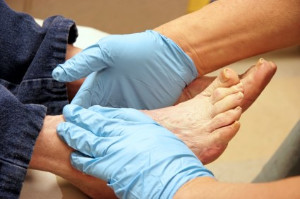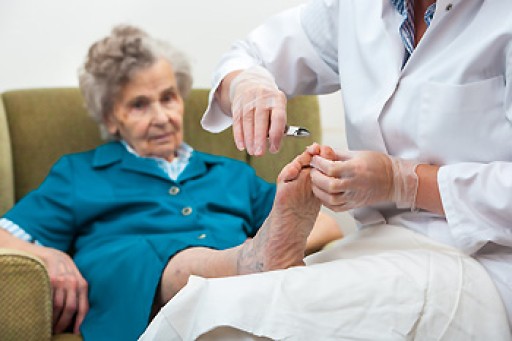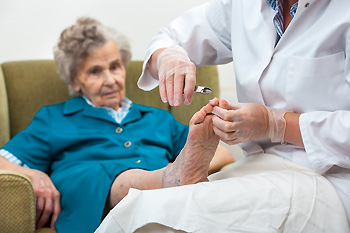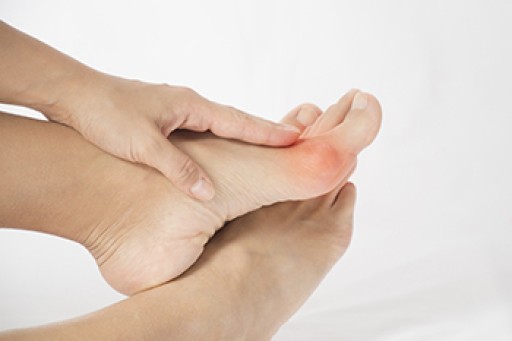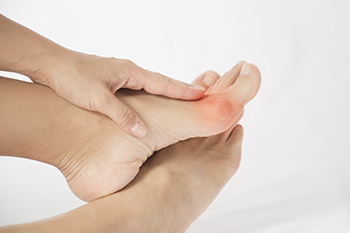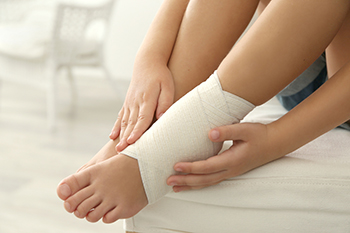
Ankle sprains are quite common in active children, especially those who participate in sports. A sprain occurs when one or more of the tough, fibrous bands of tissue (ligaments) that hold the ankle bones together get overly stretched. Making sudden changes in direction or rolling the foot over while playing sports can sometimes cause the ankle ligaments to stretch beyond their limits and become sprained. Properly warming up the feet and ankles prior to playing sports can sometimes help to avoid an ankle sprain from occurring. Symptoms of an ankle sprain typically include various degrees of pain (depending on how intense the sprain is), swelling, bruising, and—in severe cases—an inability to put weight on the affected foot. Receiving proper care for an ankle sprain is important, as an improperly healed sprain may lead to further sprains and even chronic ankle weakness. If your child has sprained their ankle, it is suggested that you make an appointment with a podiatrist for your child to be evaluated and treated properly.
The health of a child’s feet is vital to their overall well-being. If you have any questions regarding foot health, contact one of our podiatrists of Carolina Foot & Ankle Specialists. Our doctors can provide the care you need to keep you pain-free and on your feet.
Tips for Keeping Children's Feet Healthy
- Make sure their shoes fit properly
- Look for any signs of in-toeing or out-toeing
- Check to see if they have Clubfoot (condition that affects your child’s foot and ankle, twisting the heel and toes inward) which is one of the most common nonmajor birth defects.
- Lightly cover your baby’s feet (Tight covers may keep your baby from moving their feet freely, and could prevent normal development)
- Allow your toddler to go shoeless (Shoes can be restricting for a young child’s foot)
- Cut toenails straight across to avoid ingrown toenails
- Keep your child’s foot clean and dry
- Cover cuts and scrapes. Wash any scratches with soap and water and cover them with a bandage until they’ve healed.
If you have any questions, please feel free to contact our offices located in Mount Pleasant and Charleston, SC . We offer the newest diagnostic and treatment technologies for all your foot care needs.
